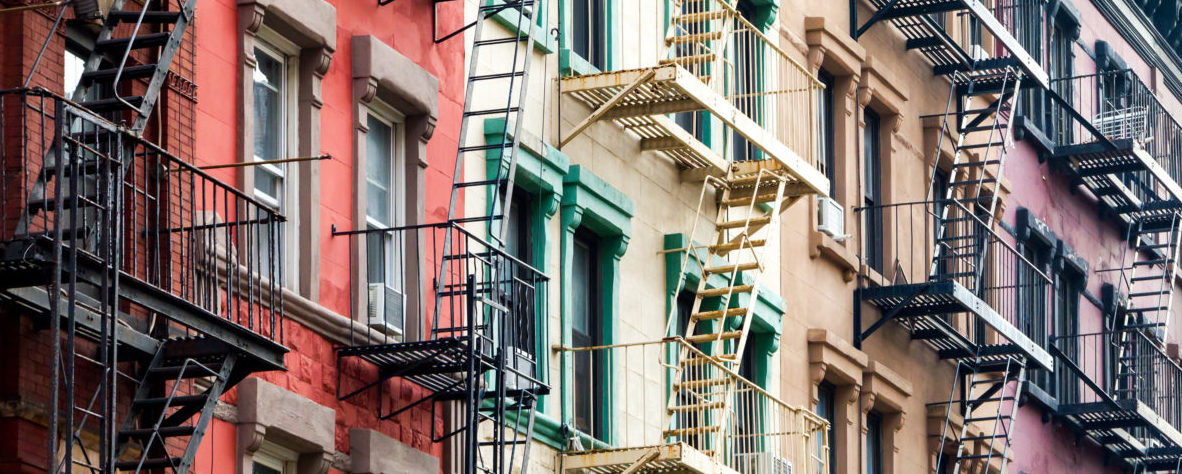By now, it is clear who is getting disproportionately sick and who is disproportionately dying from COVID-19: Black and Brown people. A recent Yale study shows that Black people have the most glaring disparity – they are 3.5 times more likely to die from COVID-19 than White people. Other minority groups are disproportionately impacted as well. For example, the same study found that Latinx people are almost twice as likely to die from the disease than Whites.
As if the pandemic was not hitting Black and Brown communities hard enough, the most recent videos of murder and racial injustices against Black people are surely to have a huge emotional toll – I know it has on me. These public displays of egregious abuse of power could only exacerbate the anxieties already existing in these communities, due to a range of inequities deeply rooted in historical and structural racism. We know, for instance, that Black people are more likely to experience homelessness than Whites, more likely to live in substandard housing, that Black people are less likely to live in neighborhoods where healthy foods are readily available, have less access to health care or lack insurance – to name a few.
Black and Brown Trauma and Homelessness
Considering the disparities in homelessness, service providers must recognize that Black and Brown trauma is real. Homelessness itself is a traumatic experience – now couple that with racism and all the inequities that come with it. In other words, the experiences of Black and Brown people are unique in ways that have critical implications for service delivery. The big question to ask is, what are the needed supports and treatments to support healing and/or recovery in Black and Brown communities?
It should come as no surprise that the Substance Abuse and Mental Health Services Administration (SAMHSA) reports that Black and Latinx people have substantially lower access to mental health and substance use treatment services, often end treatment services prematurely, and experience less culturally responsive care. Let’s be frank – we know that homelessness, COVID-19, police brutality and racism overall puts those with behavioral health issues in Black and Brown communities at an even greater vulnerability. We must recognize that all of these crises are intertwined, and how they adversely affect behavioral health.
Implementing Equitable Behavioral Health Strategies
To address disparities in behavioral health, strategies should be put in place to prevent disruption of services, particularly in vulnerable, minority communities – disruptions like the closing of clinics and harm reduction programs (such as syringe exchange programs) during the pandemic. Strategies should also include increased capacity for telehealth, flexibility in treatment policies, and the augmentation of staff to reflect the cultural needs of the people being served. This list is not exhaustive by any means, but it is a start (see SAMHSA’s guidelines for more detailed policy guidance). Although these are challenging times, it is never too late for change – Black and Brown mental health depends on it.

